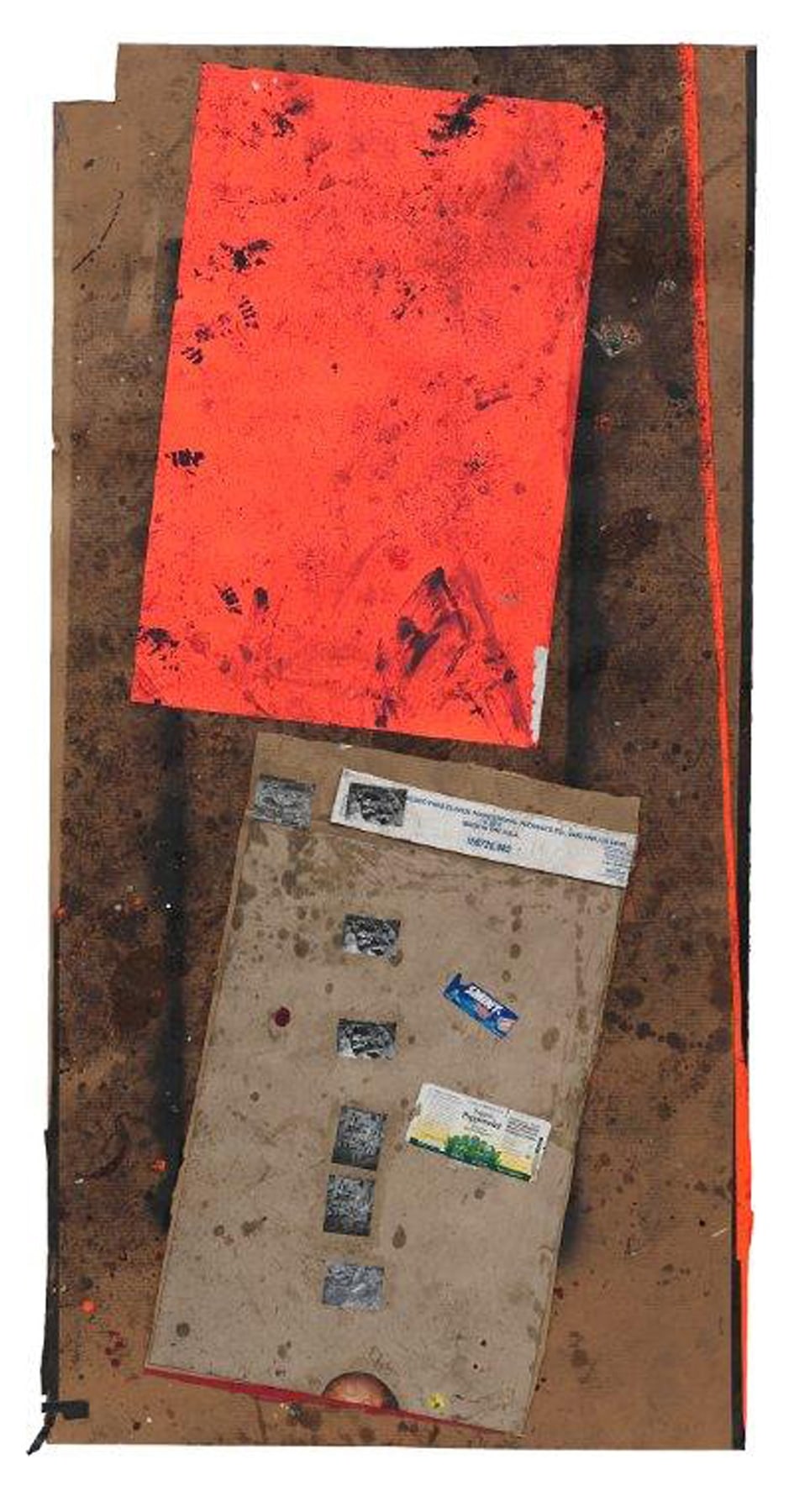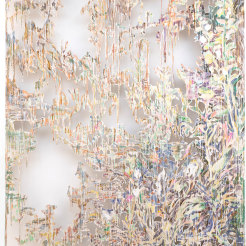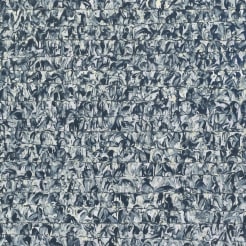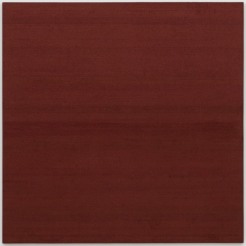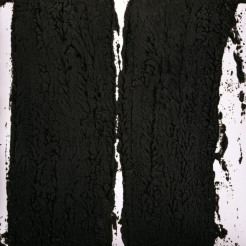FOR IMMEDIATE RELEASE
MATERIAL CONSIDERATIONS
February 4 – March 12, 2016
John Berggruen Gallery is pleased to present Material Considerations, an exhibition highlighting the unique and in many cases sensitive handling of materials by fourteen contemporary artists, Diana Al-Hadid, Tauba Auerbach, Mary Corse, Matthew Feyld, Michelle Grabner, James Hugonin, Julian Lethbridge, Liza Lou, Robert Mangold, Sarah Morris, Anthony Pearson, Sterling Ruby, Sean Scully, and Richard Serra. John Berggruen Gallery will host a reception to celebrate the opening of the exhibition on Thursday, February 4th from 5:30 – 7:30 pm to coincide with the San Francisco Art Dealers Association’s First Thursdays.
Contemporary art practice has seen greater attention paid to the materiality of artworks, their structural or physical characteristics as they pertain to aesthetic experience and, subsequently, meaning. From the use of such innovative materials as fiberglass, gypsum, soot, beads or glass microspheres, to more conventional media such as plaster, wax, gold leaf, or oil paint, Material Considerations explores the rich body of work that foregrounds materials and the process of art-making, demonstrating that medium can be an avenue to any number of interpretive layers. The use of woven canvas, for example, by Tauba Auerbach, recalls the traditional craft of tapestry-making, whereas the painstakingly meticulous process of Liza Lou involves the construction of dazzlingly intricate sculptural installations and small-scale works out of thousands of minuscule beads. Richard Serra, working in oil stick and litho crayon, can be said to approach medium as subject matter in and of itself and aims to explore the limits of a given material’s capabilities. Other artists, such as Sterling Ruby, consciously and deliberately incorporate found objects and materials, such as recycled boxes from tea or gum, tape, and juice stains, into their artworks. In many instances, choice of a given material infuses a work with higher symbolic, social, or personal significance.
Artists deploy certain materials with the intention of highlighting their intrinsic qualities or effects, such as a specific texture. The textural quality of a painted surface lends itself to creating movement, complexity, and spatial depth. Certain artists, such as Anthony Pearson, who works in plaster, court texture as a gestural mark of the hand of the artist, which they accentuate and celebrate rather than negate. Others, such as Sarah Morris or Robert Mangold, consciously eliminate all traces of the artist’s hand, utilizing materials, such as household gloss or acrylic paint, which lend themselves to this aim. Thus, the painterly quality of the brushstroke for which, for example, oil paint is praised is effectively erased.
When applied to art, the term medium encompasses a broad range of historically significant meanings. The artists featured in Material Considerations approach the concept of materials and medium in unique ways while remaining attentive to traditional processes of art-making. Certain artists repurpose conventional media for a contemporary approach discernibly abstract in its aesthetic. Others reject traditional media for something that is unequivocally modern, utilizing purely synthetic or man-made products. Finally, of the artists featured in Material Considerations, some unify these perspectives, embracing natural or raw materials then engineered with a modern approach or fused with modern materials.
Material Considerations, February 4 – March 12, 2016. On view at 228 Grant Avenue, San Francisco, CA 94108. Images and preview are available upon request. For all inquiries, please contact the gallery by phone 415-781-4629 or by email info@berggruen.com.
Gallery hours: Monday – Friday: 9:30 – 5:30; Saturday: 10:30 – 5:00
Diana Al-Hadid (b. 1981; Aleppo, Syria) is a Syrian-American artist who currently lives and works in Brooklyn. Her sculptures take towers as their central theme, drawing together a wide variety of associations: power, wealth, technological and urban development, ideas of progress and globalism. Al-Hadid re-interprets a variety of common sculpture materials, such as cardboard, wood, plaster and metal, and a number of non-traditional materials, including polymer gypsum and fiberglass, to create sculptures that are simultaneously dense yet seemingly ethereal and gravity defying. Many of Al-Hadid’s blur the boundary between sculpture and painting. Al-Hadid attended Kent State University where she received her B.F.A. and later attended Virginia Commonwealth University where she received her M.F.A. in sculpture. Notable solo exhibitions include the Akron Museum of Art, Ohio; the Virginia Museum of Fine Arts; and the Nasher Sculpture Center, Dallas. Al-Hadid’s work is also featured in numerous public collections, including the Museum of Fine Arts, Richmond; the Virginia Museum of Fine Arts; the Whitney Museum of American Art, New York; and the Judith Rothschild Foundation Collection.
Tauba Auerbach (b. 1981; San Francisco, California) has described her work as an attempt to reveal “new spectral and dimensional richness…both within and beyond the limits of perception." Engaging in a variety of media, ranging from painting and photography to book design and musical performance, Auerbach explores the limits of our structures and systems of logic. In her Weave paintings, Auerbach takes strips of raw canvas and weaves them under and over onto stretchers, creating various complex patterns creating a tension between two and three-dimensionality. The patters that result from the complex weaving process create vertical, horizontal and diagonal motifs that recede and appear depending on the viewer’s position. Auerbach's work has been included in several notable museum exhibitions, including the Museum of Modern Art, New York; the Museum of Contemporary Art, Los Angeles; and the 2010 Whitney Biennial. She received SFMOMA's Society of Contemporary Art's SECA award in 2008. The artist lives and works in New York.
Mary Corse (b. 1945; Berkeley, California), propelled by a persistent interest in perception and the mechanics of light, blankets the surfaces of her of paintings with tiny transparent beads to produce a shimmering effect intended to imitate light. Her unorthodox material—glass microspheres—are the same tiny prismatic beads commonly incorporated into highway pavement to retroreflect light rays entering the beads back to the driver, thus increasing nighttime visibility of roadway markings. In 1968, Corse first began embedding glass microspheres into varying shades of white acrylic paint, seeking to create the illusion that her paintings were, in fact, radiating light. In a recent interview, she makes this distinction saying, “I didn’t want to make a picture of light; I wanted to put the actual light in the painting.” Such thinking firmly cements Corse’s standing as an important figure of the Los Angeles-based Light and Space movement. Ultimately, Corse’s work is an exercise in perception, an experiment that encourages one to observe the responsive of her paintings to differing light conditions and to the movements of the viewer. Corse received her B.F.A. from the University of California, Berkeley, in 1963, and her M.F.A. from the Chouinard Art Institute in 1968. Her work can be found in a number of important permanent collections, including the Museum of Contemporary Art, Los Angeles; Getty Museum, Los Angeles; Fondation Beyeler, Basel; and the Solomon R. Guggenheim Museum, New York, among others. The artist lives and works in Los Angeles, California.
Matthew Feyld (b. 1985; Saskatchewan, Canada) takes as inspiration for his paintings and drawings unassuming day-to-day objects—the shadow of a street sign; a wet bag on the street; a discarded envelope. His minimalist geometries, defined by pure shape and color, are deceptive in their naïve simplicity, and the viewer is drawn to their subtle and yet compelling use of positive and negative space. The precise, mathematical specificity of Feyld’s compositions nonetheless reveal evidence of the artist’s hand. This restraint with regards to composition yields experimentation in the realm of materials. For example, Feyld makes use of such unique media as sand, found cotton, gel medium, and latex. Feyld has been the subject of many solo and group exhibitions internationally. His work has been shown in Australia, Belgium, Canada, Denmark, England, The United States, and Scotland, and Sweden. The artist lives and works in Montreal, Quebec.
Michelle Grabner (b. 1962; Oshkosh, Wisconsin) has a multi-faceted career as artist, curator, critic, and instructor. Her work grapples with the mutually-informed relationship between art-making and daily life. Recognized for assimilating personal experience into her art, Grabner sees domestic life as a source for creative ingenuity. For example, taking repetition and the grid as a formal organizing principles, her quilt-like enamel on panel paintings and woven-paper works draw inspiration from baby blankets, dish towels, and other domestic textiles. Not simply limited to the aesthetics of the domestic sphere, Grabner also investigates the social-dynamics, values, and ideas that arise on a day-to-day basis on both a personal and communal scale. Grabner holds an M.A. in Art History and a B.F.A in painting and Drawing from the University of Wisconsin–Milwaukee, and an M.F.A. in Art Theory and Practice from Northwestern University. She was the subject of recent solo exhibitions at the Museum of Contemporary Art, Cleveland, and the Indianapolis Museum of Art. Her work is included in the permanent collections of the Walker Art Center, Minneapolis; MoCA, Chicago; Smithsonian American Art Museum, Washington, D.C; and the Victoria and Albert Museum, London. In 1996, Grabner joined the faculty of the School of the Art Institute of Chicago, and became Chair of the Painting and Drawing department in the fall of 2009. She is also a senior critic at Yale University in the Department of Painting and Printmaking and was a co-curator of the 2014 Whitney Biennial. Grabner lives and works in Oak Park, Illinois.
James Hugonin (b. 1950; County Durham, United Kingdom) became interested in abstraction early on in the course of his education, examining color through vibrant, dynamic compositions of thousands of small scintillating elliptical markings in both oil and wax. Hugonin is greatly inspired by the works of Ian Stephenson and Georges Seurat. Striking a balance between stasis and motion, Hugonin’s vibrant hues dance across the canvas, yet are carefully restrained and controlled by the artist. His achievement of this delicate equilibrium testifies to the artist’s mastery of his medium and to his methodical and deliberate process. The semblance of randomness in the way Hugonin’s colored marks are laid out on the canvas obscures what is actually an excruciatingly deliberate practice. The degree of precision in his work leaves no room for error, and although nothing is arbitrary about his methods, he consciously avoids creating patterns. Hugonin studied at the Winchester School of Art, West Surrey College of Art and Design, and Chelsea School of Art. His work has been exhibited around the world and has been acquired by important public collections, including the Tate Gallery and the Victoria and Albert Museum, both in London. The artist lives and works in Northumberland.
Julian Lethbridge (b. 1947; Colombo, Sri Lanka), in his exploration of the rhythmic surfaces and optical depths of abstract painting, conveys a vested interest in mathematically precise textural design that celebrates, rather than neutralizes, the mark of the artist’s hand. Beginning with seductive, luminous oil paints and pigment sticks, Lethbridge builds his compositions layer upon layer in an additive process resulting in richly textured, complex images. Often a grooved grid or all-over textured paper provides the grounding layer, offering a stabilizing principle of organization over which the artist’s improvisational gestures take form. On top of his foundation, Lethbridge constructs undulating forms that may recall natural phenomena like a wave tumbling particles in a low tide or the rustle of wind. Brought up primarily in England, Lethbridge received his education at Winchester College and Cambridge University. His work has been widely exhibited throughout the United States and Europe and can be found in the permanent collections of The Metropolitan Museum of Art, New York; The Whitney Museum of American Art, New York; The Tate Gallery, London; The Art Institute of Chicago; and The National Gallery of Art, Washington D.C. The artist lives and works in New York.
Liza Lou (b. 1969; New York City) is an American artist known for constructing dazzlingly intricate sculptural installations and smaller-scale works out of hundreds of thousands of minuscule beads, her trademark medium. Diligence and repetition are the hallmarks of her meticulous process: each individual bead is carefully placed using tweezers. Consequently, her works often take years to complete. Lou divides her time between her Los Angeles and KwaZulu-Natal, South Africa, studios. From her South African base, she collaborates with local Zulu artisans, capitalizing on the region’s rich history involving the traditional craft of bead-working while providing work for a largely disenfranchised segment of the population. Lou’s works are meditations on labor (especially that of women) and endurance, and frequently explore psychological space and confinement. Lou has been awarded the Anonymous Was a Woman Artist Award (2013) and a MacArthur Foundation Fellowship (2002). Her work has been featured in recent solo exhibitions at the Museum of Contemporary Art, San Diego, and SCAD Museum of Art, Savannah, and in group exhibitions at the Metropolitan Museum of Art, New York, and Museum of Contemporary Art, Los Angeles, among many others.
Robert Mangold (b. 1937; North Tonawanda, New York) has forged an artistic vocabulary characterized by muted color and curvilinear abstract forms. His paintings emphasize total erasure of the artist’s mark but for hand drawn thin graphite lines which intersect flat planes of color. These highly geometric compositions recall such diverse sources as Ancient Greek pottery to Renaissance frescoes to 1960s Minimalism. Mangold studied at the Cleveland Institute of Art and received both his M.F.A. and B.F.A. from Yale University. His work has been the subject of numerous solo exhibitions and retrospectives at institutions including the Solomon R. Guggenheim Museum, New York; the Stedelijk Museum in Amsterdam; the Akron Art Museum, Ohio; and the Albright-Knox Art Gallery, Buffalo. The artist lives and works in Washingtonville, New York.
Sarah Morris (b. 1967; United Kingdom) is an internationally recognized painter and filmmaker, celebrated for her complex abstractions which explore architecture and the psychology of urban environments. Her canvases are smooth surfaces made up of elegant color combinations whose curves, vectors and interlocking formations refer to a distinct way of perceiving our surroundings and speak to her continued exploration of and fascination with the built environment. Notably, Morris purports to be a proponent of the erasure of the hand of the artist. Geometry reigns supreme in the American artist’s compositions, which owe much to maps and the aerial point of view. Sarah Morris’s work has been shown worldwide, in solo exhibitions in Sao Paulo, New York, Paris, London, Berlin, Istanbul, and Vienna, to name but a few. She has also been included in group exhibitions at the Centre Pompidou, Paris; Museum of Contemporary Art, Chicago; and Museo de Arte Contemporáneo, Buenos Aires. The artist currently divides her time between New York and London.
Anthony Pearson (b. 1969; Los Angeles, California) works in such diverse materials as plaster, cement, bronze, steel, clay, and wood. The artist’s work is also informed by his extensive experience with and knowledge of photographic processes. With great sensitivity to the inherent qualities of the materials he uses, Pearson meditates on the physical surface, typically scored by hand with arrays of lines and other gestural or geometric marks. Sculptural in texture and creation, yet aesthetically experienced as framed paintings, Pearson’s works are an exercise in material specificity coupled with a vested interest in light, shadow, and other optical phenomena. In 1996, Pearson received his B.F.A. from the California College of the Arts in Oakland, and in 1999, he earned his M.F.A. from the University of California, Los Angeles. Pearson has been the subject of solo exhibitions at the Contemporary Art Museum, St. Louis, and at Midway Contemporary Art, Minneapolis. His work is featured in a number of important public collections including the Hammer Museum, Los Angeles; the Museum of Contemporary Art, Los Angeles; and the Walker Art Center, Minneapolis. Pearson lives and works in Los Angeles.
Sterling Ruby (b. 1972; Bitburg, Germany) is a multidisciplinary artist who works in a variety of media—collages, poured-polyurethane sculptures, graffiti-inspired spray paintings, ceramics, and video. Drawing on facets of urban culture and leading theories in modern psychology, Ruby’s art frequently addresses the conflict between individual desire and social restraint, and the prevailing influence of institutional structure on human thought and behavior. His artistic practice straddles the line between recycled media and visual content of the artist’s own creation. A continuous cycle of creation and destruction, Ruby often utilizes remains or remnants from a previous body of work to produce something new, also incorporating such banal objects as gum wrappers or tea bags. Ruby masterfully combines such disparate materials into compositions balanced by geometric shapes and rich colors. In 1996, Ruby graduated from the Pennsylvania School of Art and Design, Pennsylvania. He earned his B.F.A from the School of the Art Institute of Chicago in Chicago, Illinois, in 2002. Ruby later received his M.F.A. from the Art Center College of Design in Pasadena, California, in 2005.The artist currently lives and works in Los Angeles, California, though his work can be found internationally in public collections belonging to, among others, the Museum of Modern Art, New York; the Tate Modern, London; and the Museum of Contemporary Art, Los Angeles.
Sean Scully (b. 1945; Dublin, Ireland) has gained international prominence as one of the most admired contemporary abstract painters working today. Though in composition his paintings are highly abstract, the square or stripe being the dominant configuration, Scully asserts that his paintings are also intentionally metaphorical or philosophical. Recalling, for example, the agricultural fields or landscapes of his Irish heritage or the jewel-like blues of a sunny seascape, his vibrant blocks of color invigorate the abstract with the everyday. With each individual work, the artist undertakes a nuanced investigation of his personal pathos or a contemplation of life’s profound ideals and ambiguities. Scully, born in Ireland, emigrated with his parents at the age of four to London. He studied first at the Croydon College of Art, London, and then at the University of Newcastle, Tyne, where he also taught. Scully also studied for a year at Harvard University. His work is featured in a number of important public collections, including The Metropolitan Museum of Art, The Museum of Modern Art, and Solomon R. Guggenheim Museum, New York; The National Gallery of Art, The Phillips Collection, and Hirshhorn Museum and Sculpture Garden, Washington, D.C.; Victoria and Albert Museum and Tate, London; among many others. In 1983, Scully became an American citizen and now lives and works in New York.
Richard Serra (b. 1939; San Francisco, California) has exhibited extensively in major museums and exhibitions throughout the world, and has created site-specific sculptures for both public and private venues in North America and Europe. In the early 1960’s Serra began his sculptural investigation into unconventional, industrial materials and the relationship between viewer, artwork, and environment. Alongside the Minimalist artists of his generation, Serra worked to accentuate the physical properties of his art, using materials such as rubber, neon and lead. In his late career this experimentation has culminated in his grandiose large-scale sculpture and the unique highly tactile quality of his prints. In his etchings, Serra works the surface of the copper plate by building layer upon layer of Paintstick and lithographic crayon. He then either pours the molten material or rubs the solid material onto a plate flat on the floor of his studio, permitting him to press the material through an aluminum screen, often using his feet. Serra received his B.F.A. and M.F.A. from Yale University. He currently lives and works in New York and Nova Scotia, Canada.


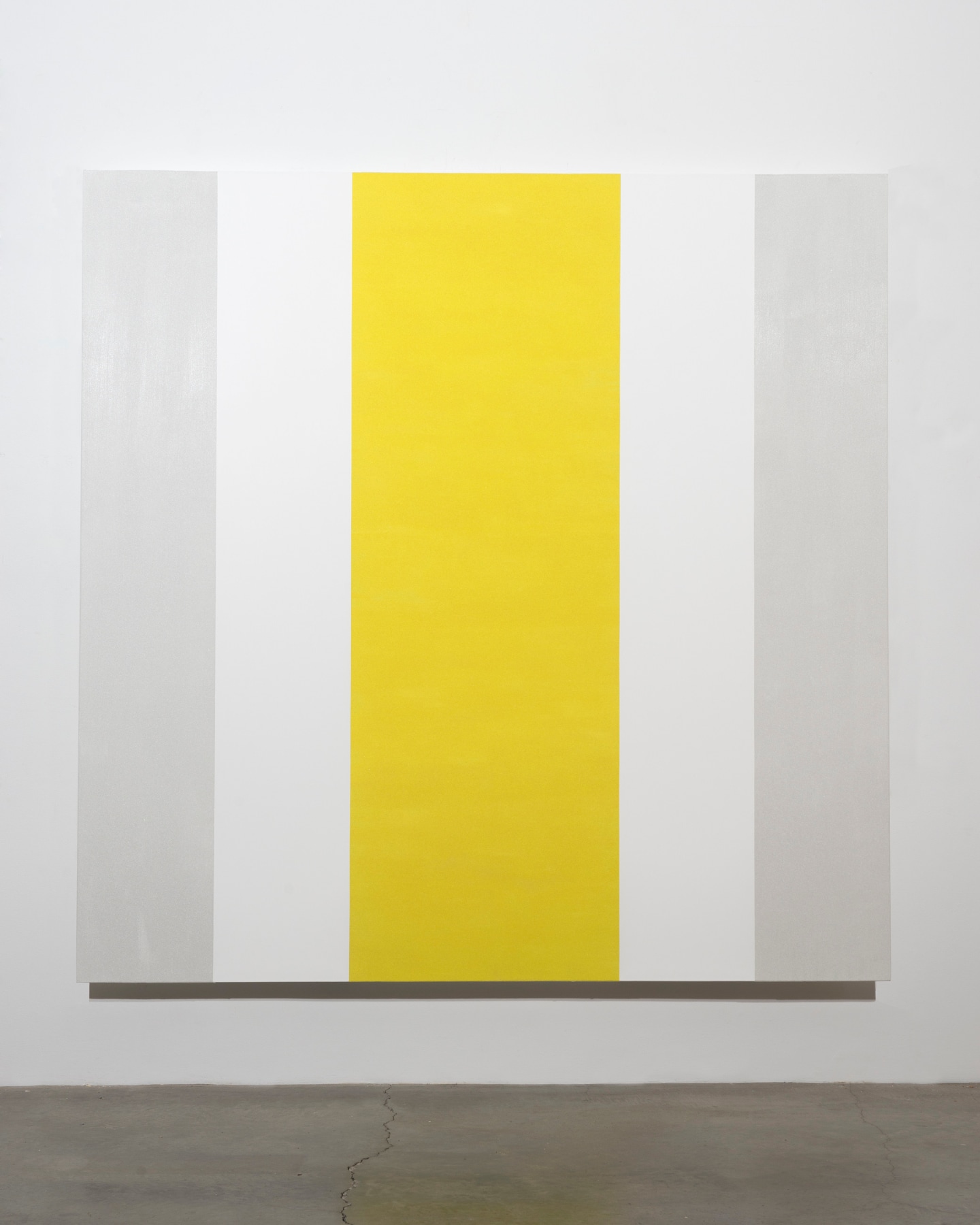
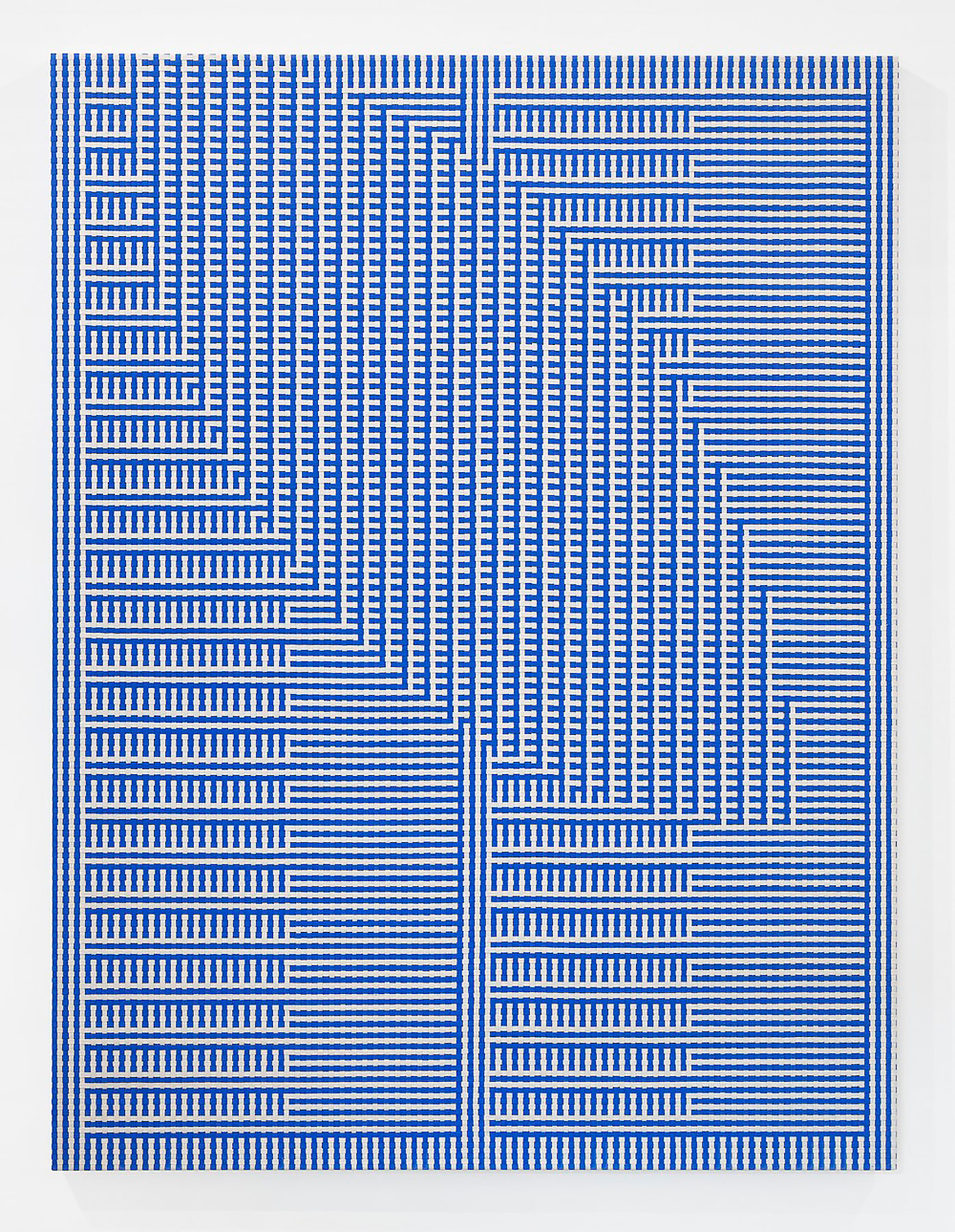

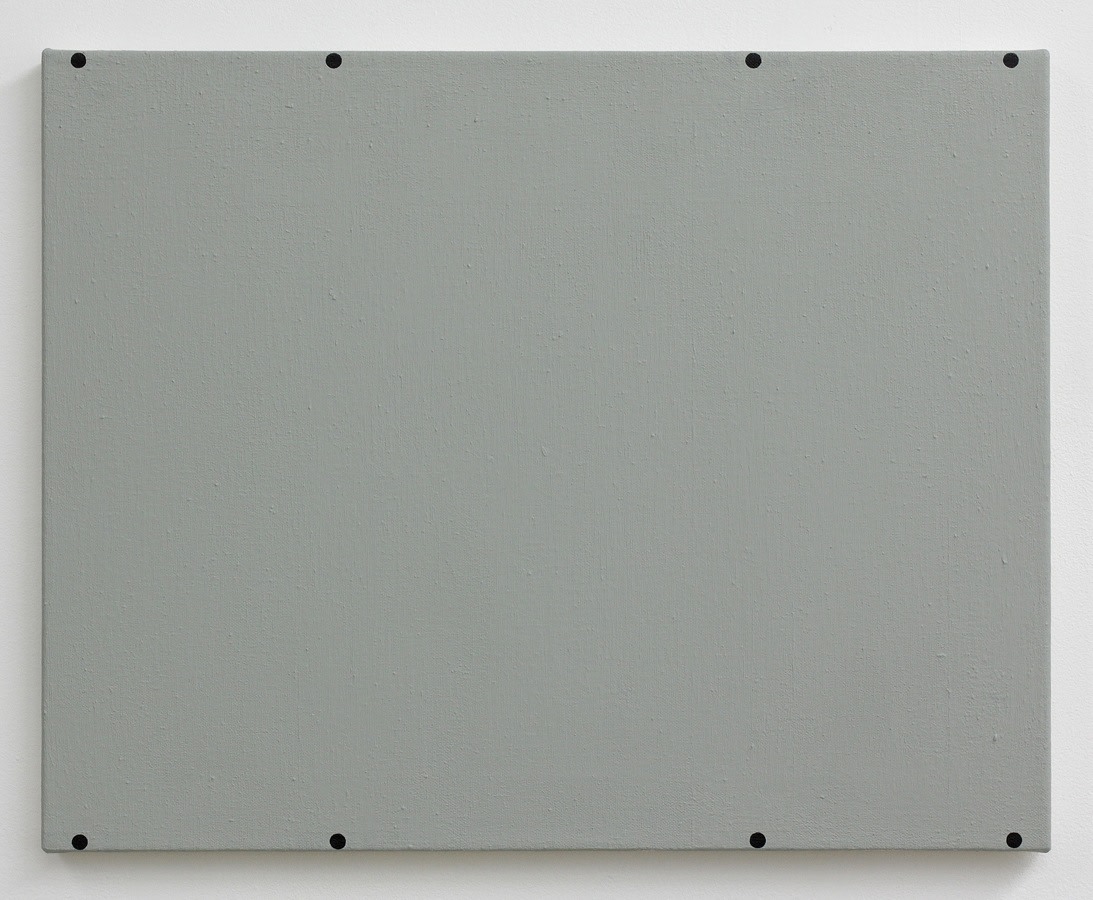
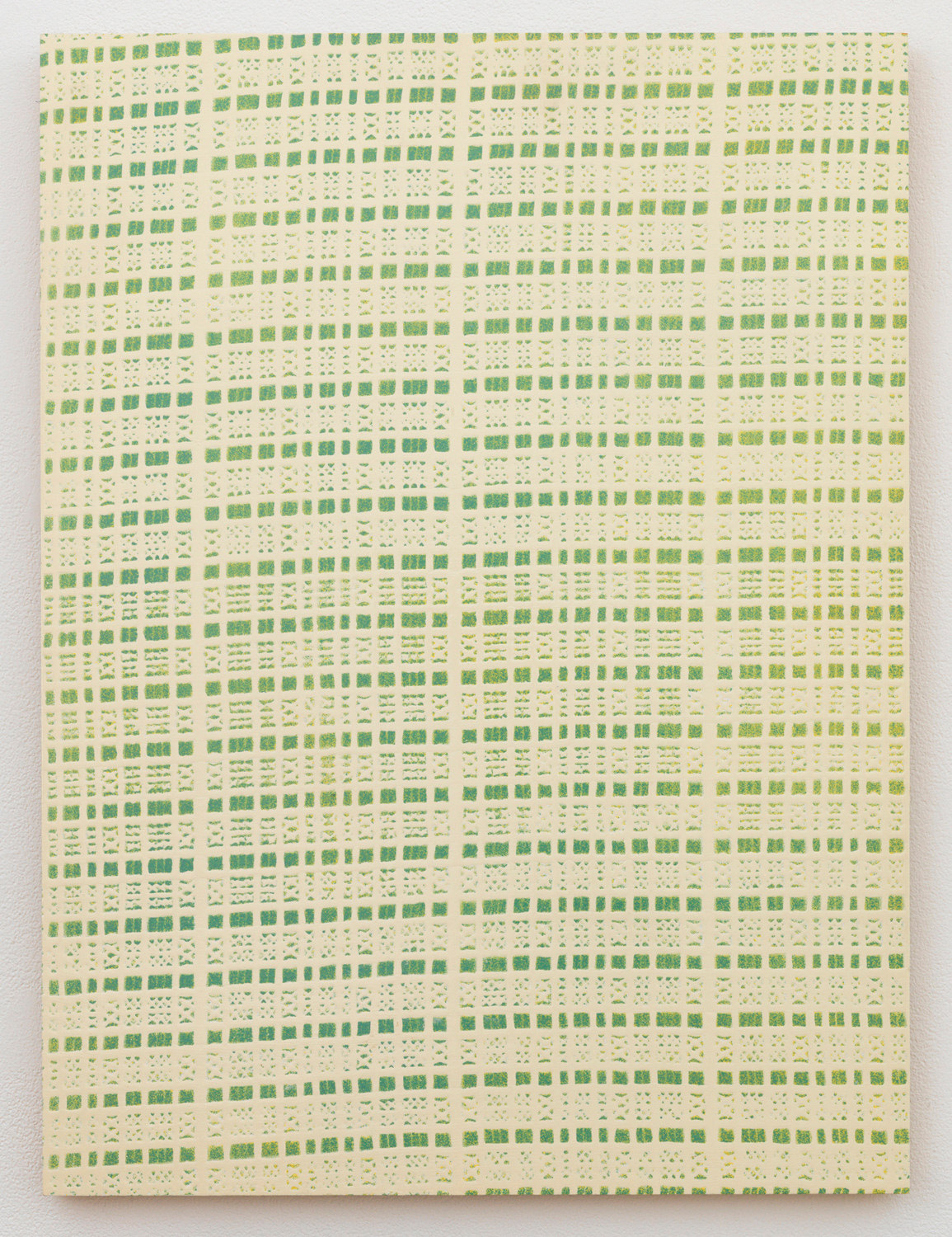
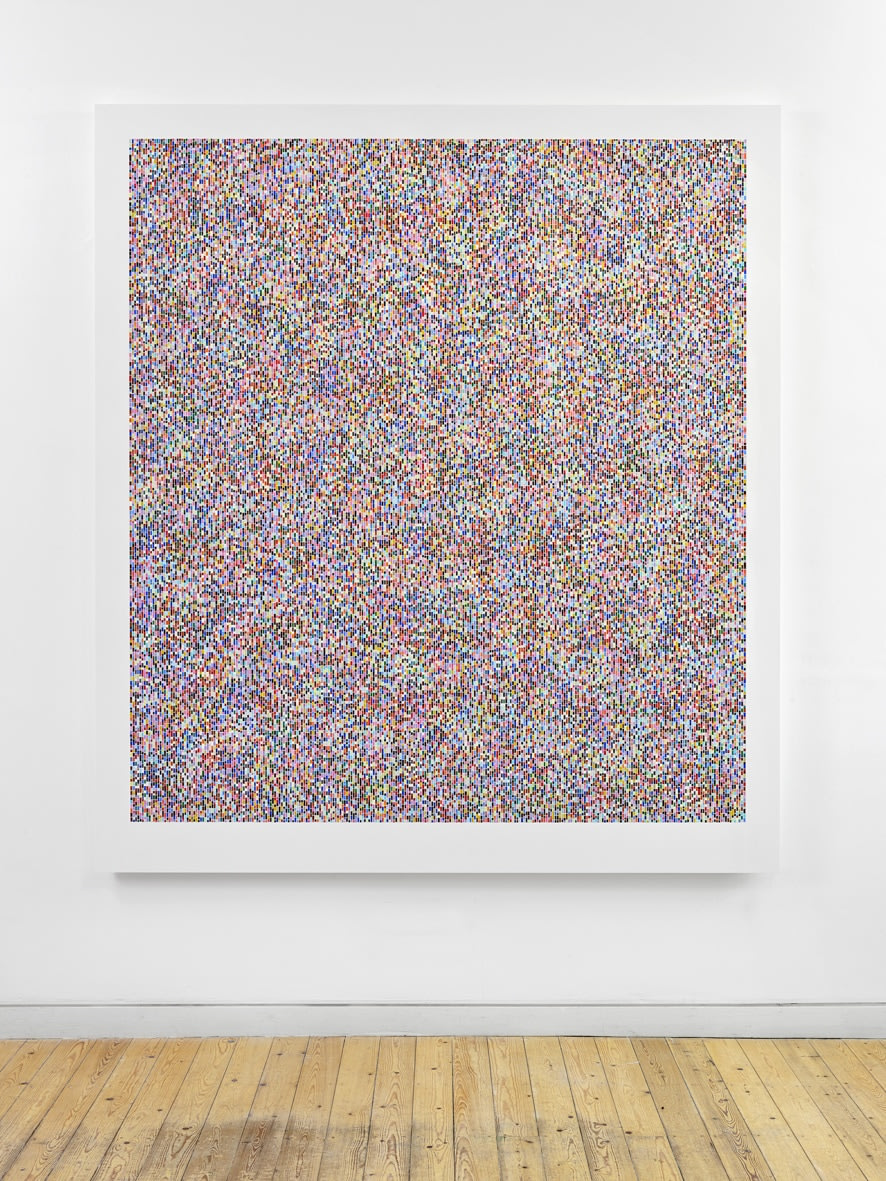
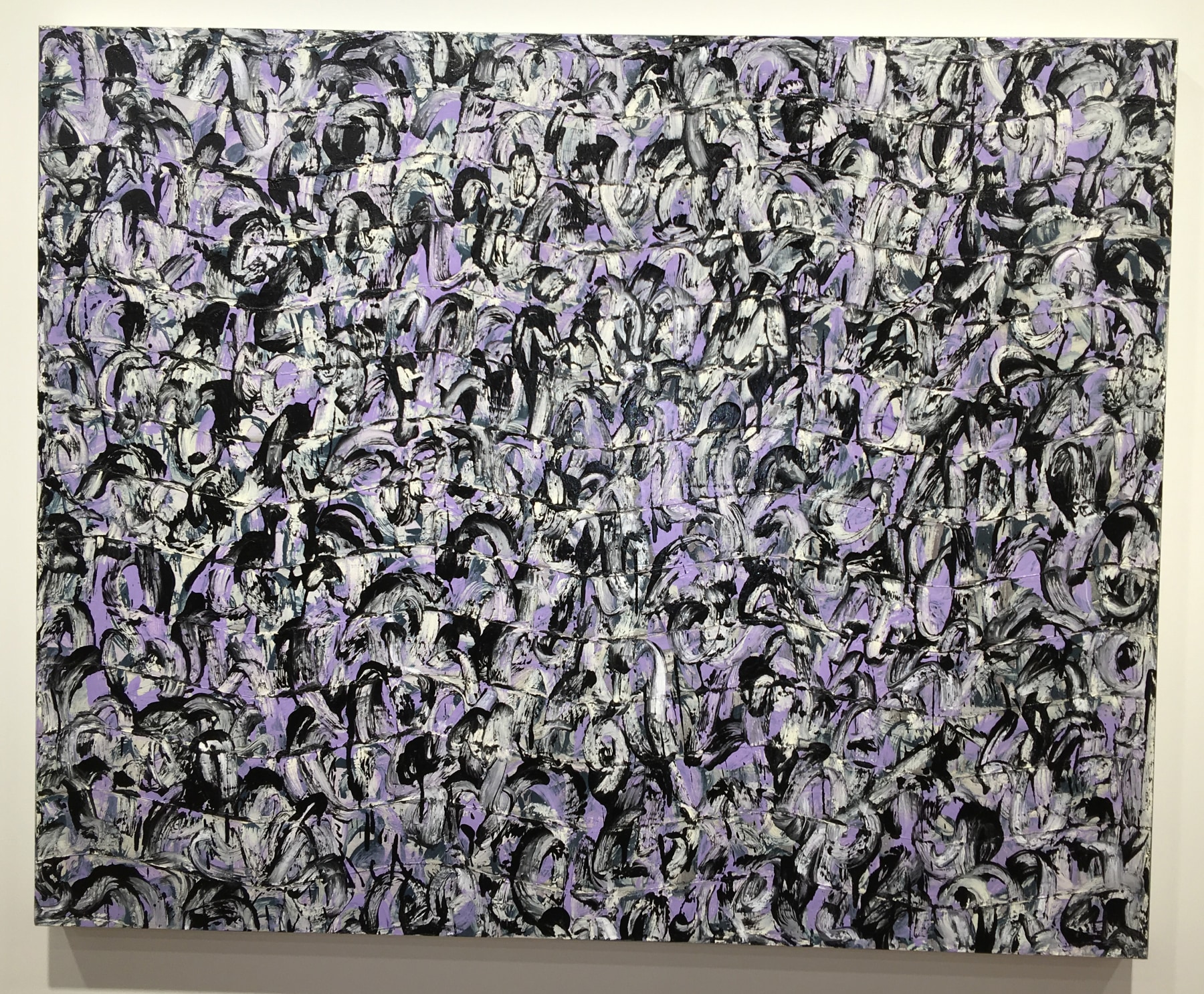
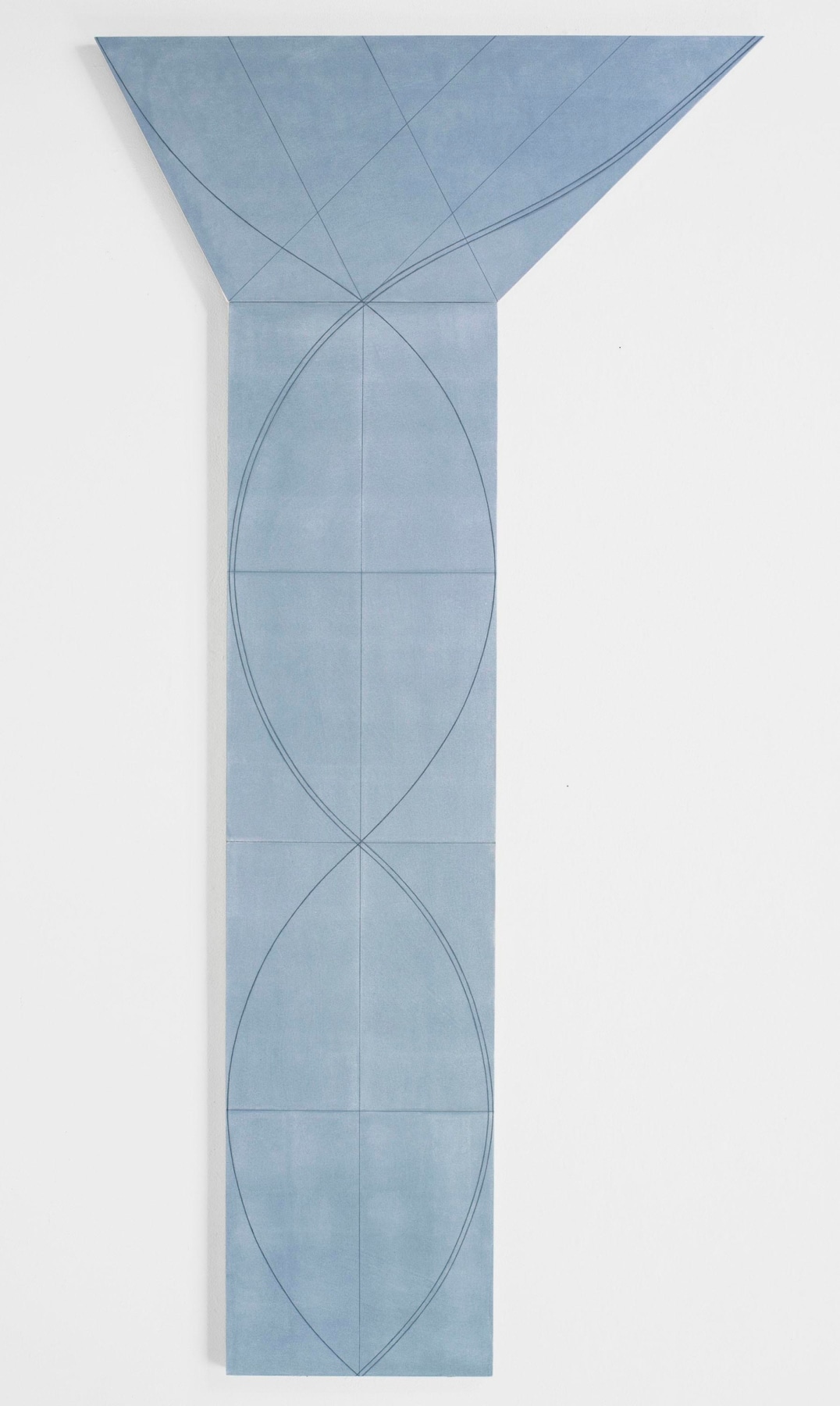
![Sarah Morris, Red Jardim Botanico [Rio], 2015](https://img.artlogic.net/w_1800,h_1800,c_limit/exhibit-e/5576d828cfaf34dd488b4568/08b5196839caa8aa04681cfc703f1511.jpeg)

